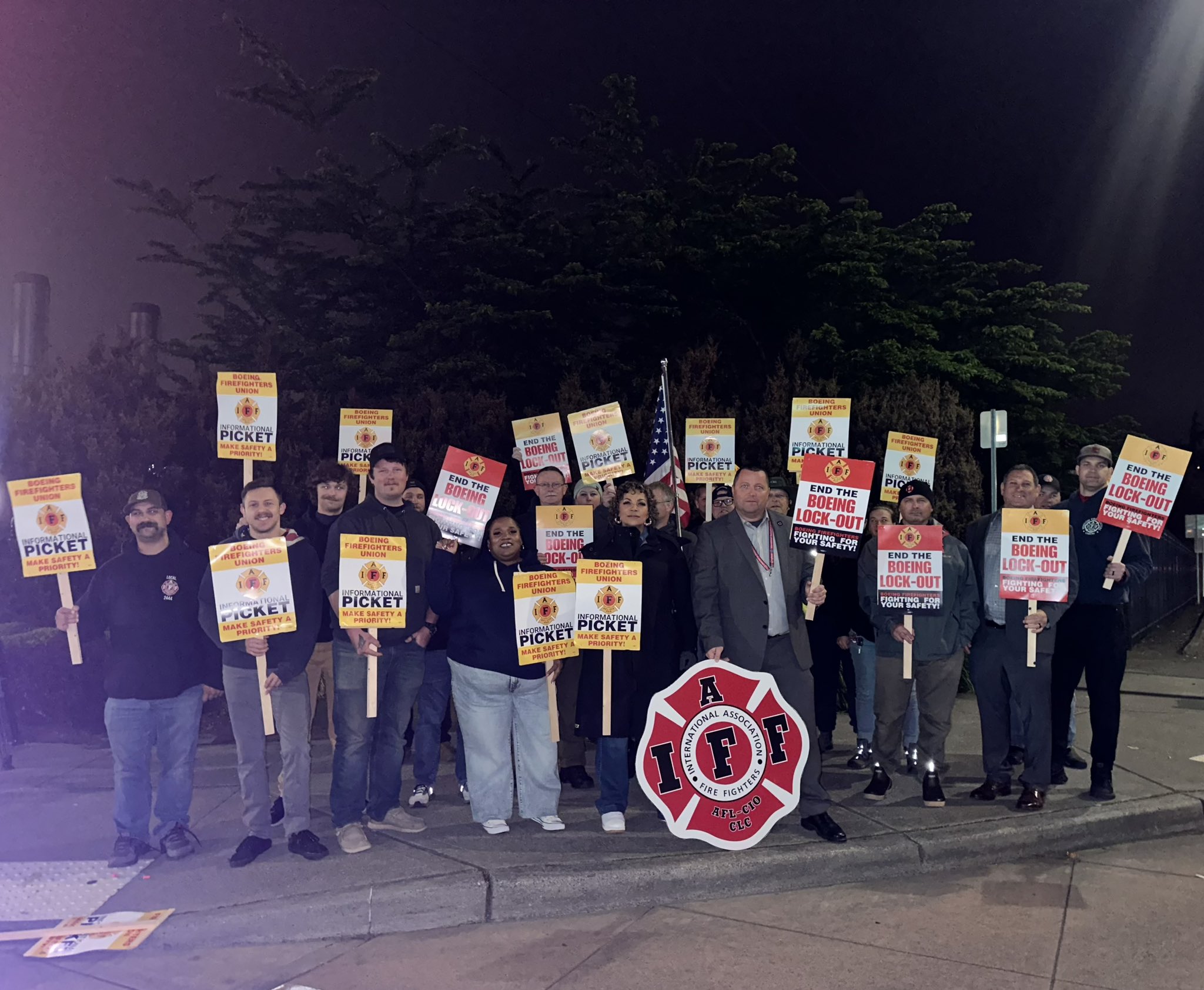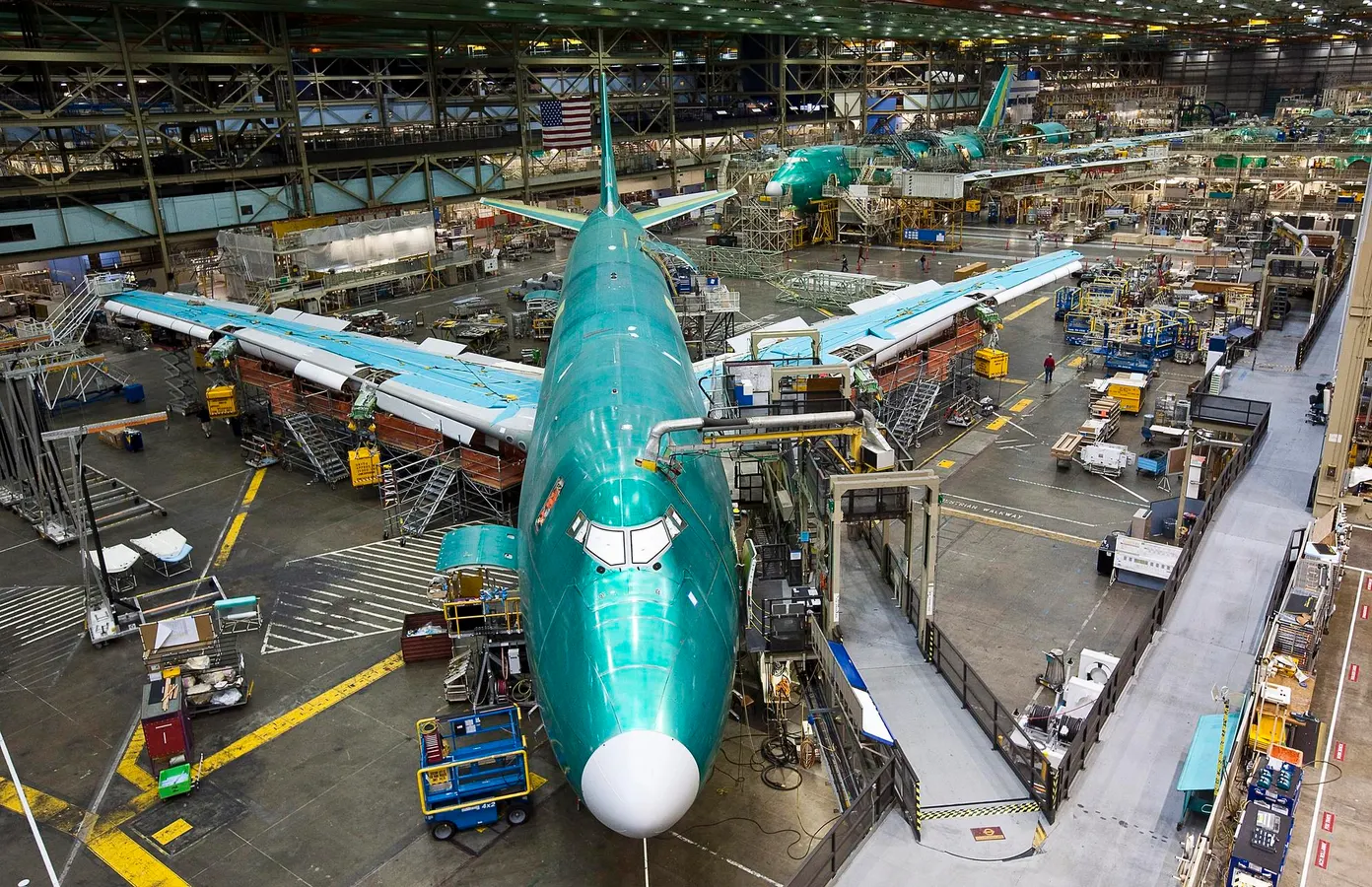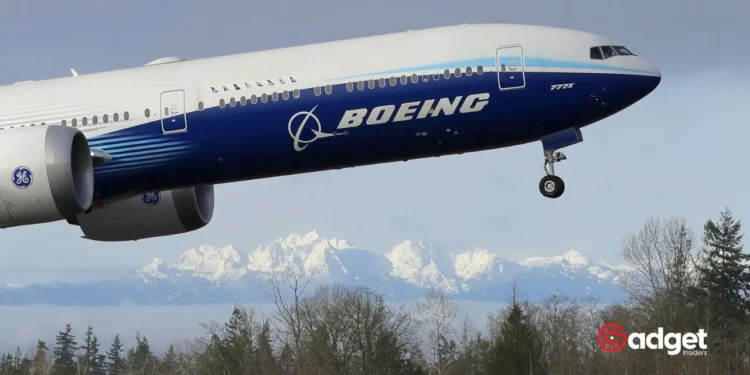In a startling move that broke a four-decade record, Boeing has opted to lock out approximately 125 of its firefighters following unsuccessful wage negotiations with the International Association of Firefighters Local I-66. This drastic decision stems from disagreements primarily over wage increases and the elongation of the timeframe for firefighters to reach maximum pay scales, shifting from 14 to an unprecedented 19 years.

A Locked Out Fire Department
The aerospace titan’s recent actions have thrown the company into the spotlight not just for its contentious labour relations but also for the significant implications on safety and operational continuity at its facilities. The aviation giant, headquartered in central Washington, announced last Saturday that it had replaced the locked-out firefighters with a new crew described as “highly qualified.” This comes as part of a broader strategy involving collaboration with nearby fire departments to maintain essential emergency services.
Edward Kelly, president of the IAFF union, voiced strong opposition, stating, “Boeing wants to harm, threaten, and force its firefighters into accepting a contract that doesn’t adequately compensate their labour.” The ongoing dispute reveals deep-seated issues between corporate practices and worker safety, accentuated by Boeing’s decision to escalate the matter to a lockout—a rarity in the realm of U.S. emergency services.

Boeing Confirms Cyber Incident: Safety Concerns Arise
Adding to the aerospace giant’s pile of woes, the company has confirmed a cyber incident after its name surfaced on the LockBit ransomware gang’s list. This cybersecurity breach raises alarms about potential impacts on flight safety and data integrity, although the corporation has not yet disclosed specific details regarding the data compromised or the extent of the intrusion. The incident highlights the growing risks corporations face from cyber threats, especially those involved in sensitive industries like aerospace.
#Boeing – a Fortune 50 company – is threatening to lockout its #firefighters tonight.
It's time for @Boeing to stop putting profits over #safety and pay Local I-66 fire fighters fairly for their critical work.https://t.co/NYyJ8TlMsP
— International Association of Fire Fighters (@IAFFofficial) May 3, 2024
The Shadow Over Dreamliner
Compounding the company’s challenges are fresh allegations regarding the safety of Boeing’s 787 Dreamliner. Former Boeing engineer Sam Salehpour has brought to light concerns that could potentially affect the aircraft’s flight safety. According to Salehpour, inconsistencies in how major components of the aircraft are assembled might jeopardize the integrity of its fuselage. Although Boeing has countered these claims, the Federal Aviation Administration (FAA) has taken them seriously enough to initiate an investigation.

The continuous stream of setbacks—ranging from labour disputes and cyber threats to safety allegations—paints a complex picture for Boeing. As it navigates these turbulent times, the company’s strategies for managing its workforce and ensuring the security and reliability of its products remain under intense scrutiny. The global aerospace leader finds itself at a critical juncture, where the decisions made today will significantly shape its operational and reputational trajectory in the years to come.
In conclusion, Boeing’s series of crises served as a pivotal learning curve for the aerospace sector, underscoring the intricate balance required between managing labour relations, safeguarding against cyber threats, and ensuring the utmost safety of its aviation technology. As stakeholders look on, the actions Boeing takes to address these issues will be crucial in determining its path forward in an increasingly complex global landscape.










